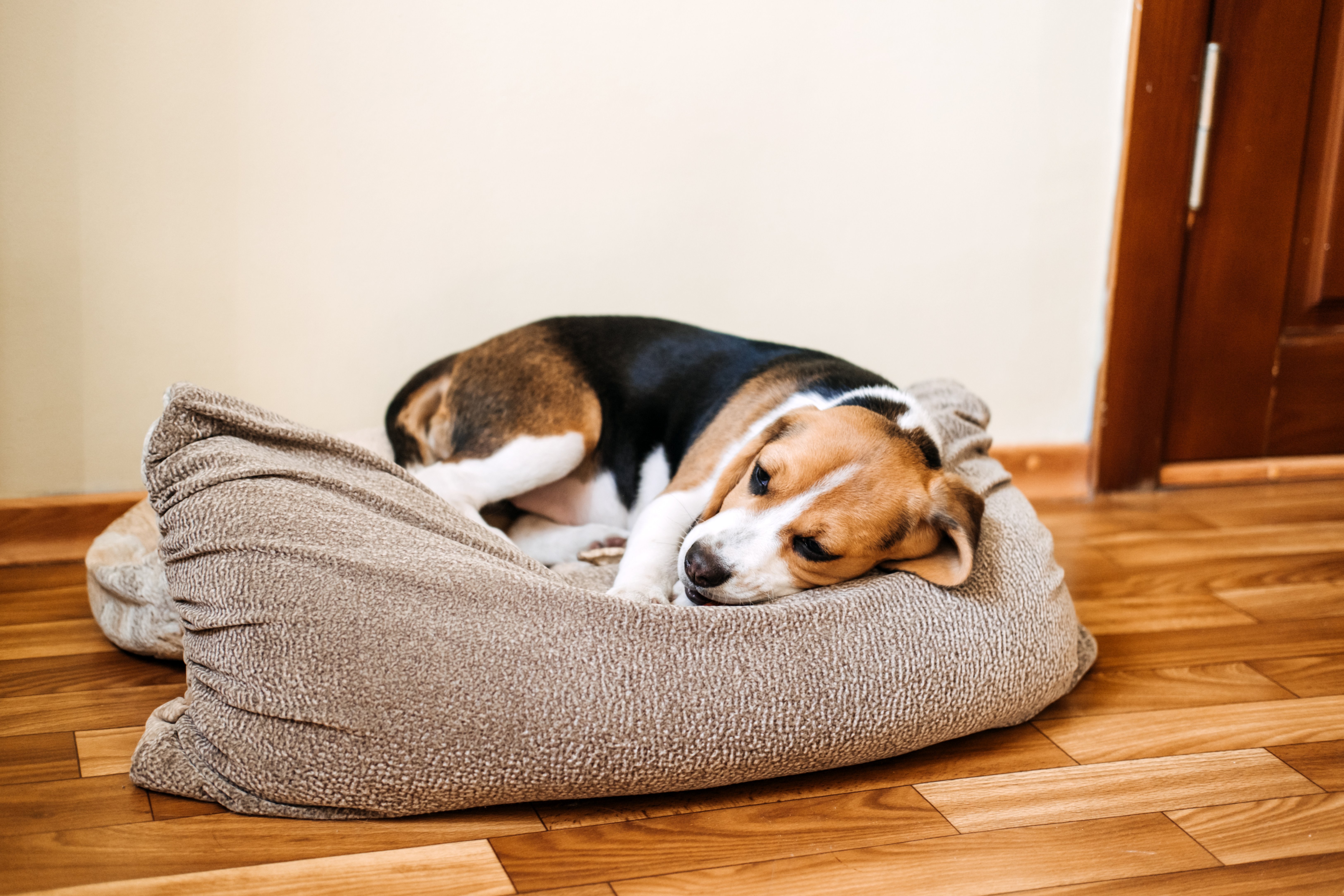
Dogs are curious eaters and often use their mouths to explore the world. Many inedible objects can pass harmlessly through your pet's gastrointestinal tract. But others don’t. Sometimes, they fail to pass through your dog's throat, stomach, or intestine. That can create gastrointestinal foreign object obstruction. This problem can lead to complications like infection, illness, toxicity, or even death.
What Causes an Obstruction?
Anything not digestible can cause foreign body obstruction. That includes bones, sticks, toys, clothing, string, and trash. Also, blockages can occur at any point in your pet's gastrointestinal tract.
Other Foreign Objects That Need Removal
Other things can also enter your dog's body and compromise their well-being. Examples include sharp debris in the eye or broken glass stuck in the paw. A foreign object in your pet's body may pose a veterinary emergency.
Signs of a Foreign Body Obstruction
Signs will vary with the obstruction's size, location, and duration. Some of the most common symptoms of an obstruction include:
Loss of appetite
Lethargy
Frequent vomiting episodes
Unwillingness or inability to perform regular activities
Abdominal tenderness or pain
Occasional vocalizing or hiding
These signs can also suggest other health concerns. It is best to take your canine companion for a veterinary diagnosis. That is the only sure way to determine whether your pet is suffering from an obstruction. An obstruction can rupture the GI tract or cause sepsis if left untreated. Both of these are life-threatening.
Foreign Body Removal
Ingested objects can cause several symptoms and complications in dogs, from nausea to potentially deadly injuries or complications. In cases where the swallowed object did not pass through the GI tract, manual removal by a veterinarian may be necessary.
The removal process will depend on the location and nature of the foreign object. Sometimes, veterinarians can remove materials easily from a dog's mouth. In more severe cases, a scope and open surgery may be necessary when the object is farther down the digestive tract. Veterinarians commonly perform these procedures, but some surgeries may require a referral to a specialist.
Removal Procedures in Dogs
Your veterinarian will assess your furry friend's condition with imaging scans to determine the most effective approach. The vet may conduct blood, stool, and urine tests to rule out related conditions or complications. These tests will also determine whether anesthesia is safe for your dog.
Endoscopic Removal
Endoscopic removal is a minimally invasive procedure to retrieve foreign objects from the upper GI tract. Ideally, your furry friend should fast for several hours before the procedure. In emergency cases, veterinarians remove the stomach contents before proceeding.
Surgical Removal
Surgical removal may be necessary for objects lodged within the intestines or where it is unsafe to retrieve the object through endoscopy. Surgical removal is invasive and requires general anesthesia.
Conclusion
Both removal techniques are highly effective at preventing complications. Failure to remove an ingested foreign object can lead to life-threatening complications. You should seek immediate veterinary care if you suspect a foreign body obstruction.
For more on foreign body removal, visit Shore Pet Surgery at our Grasonville or Laurel, Maryland office. Call 410-827-6464, 301-483-7080, or 301-490-0820 to schedule an appointment today.






